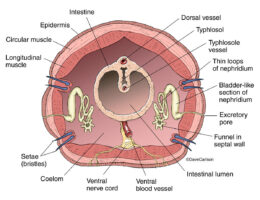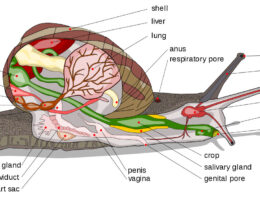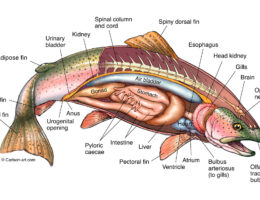Skip to content
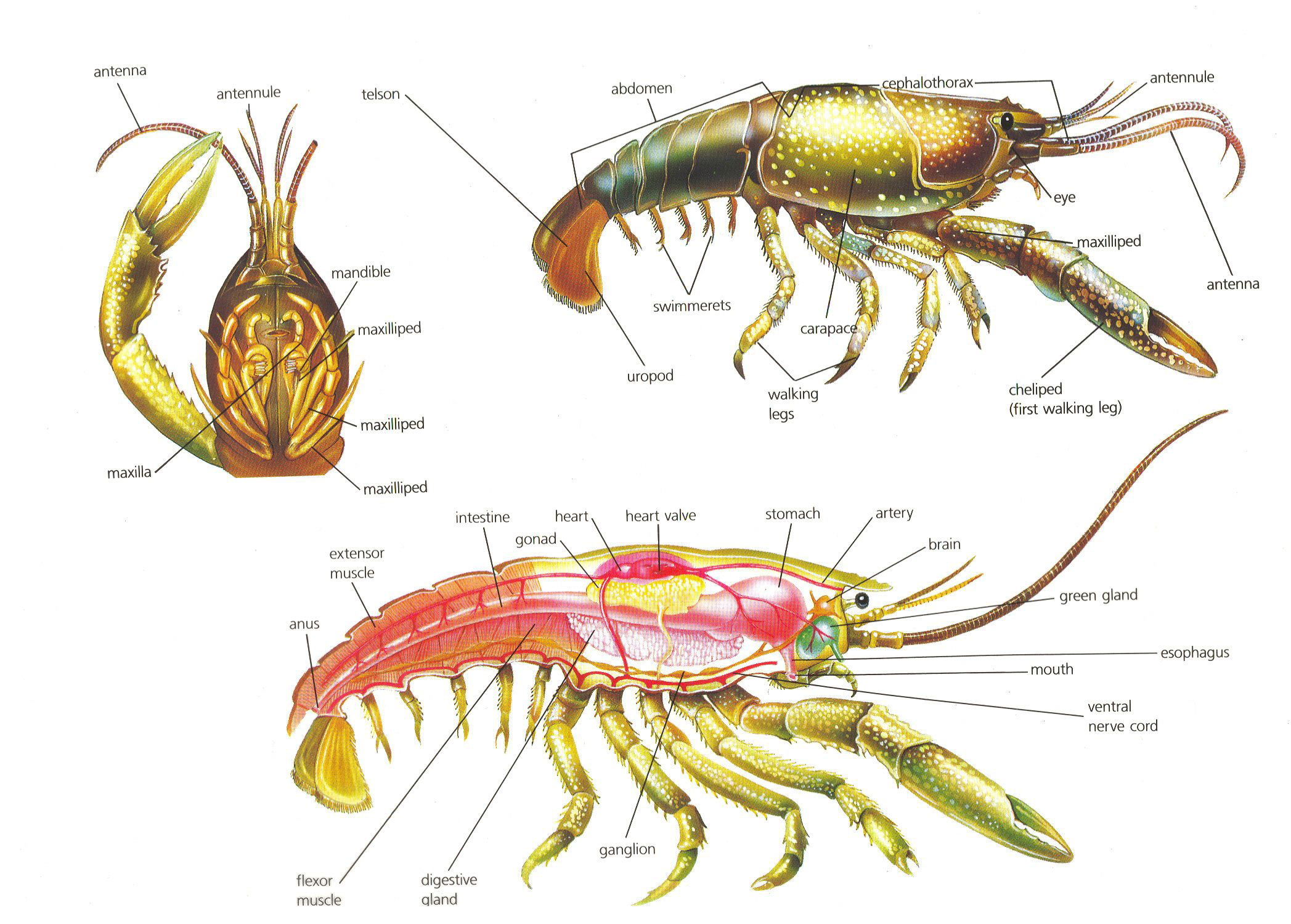
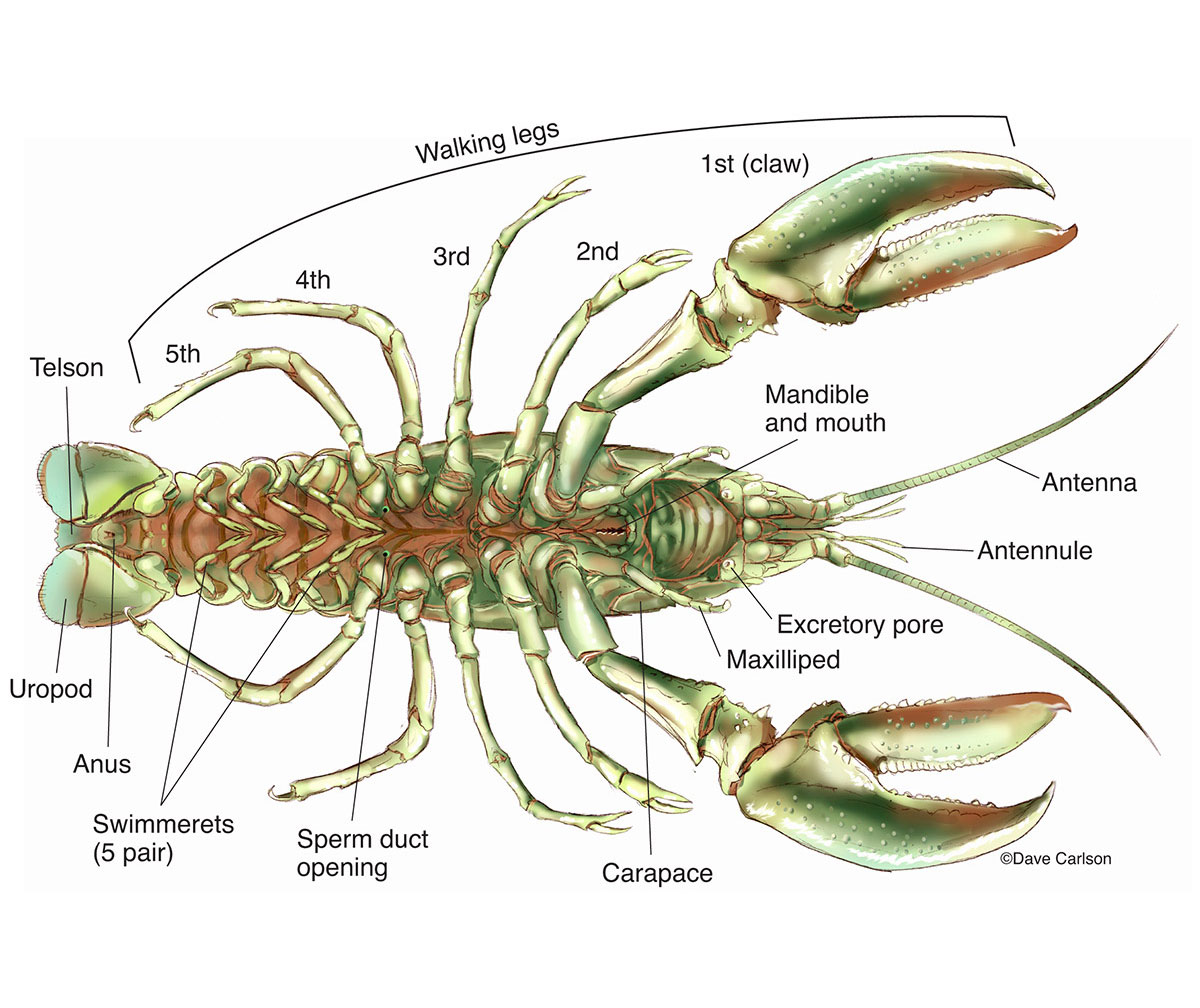
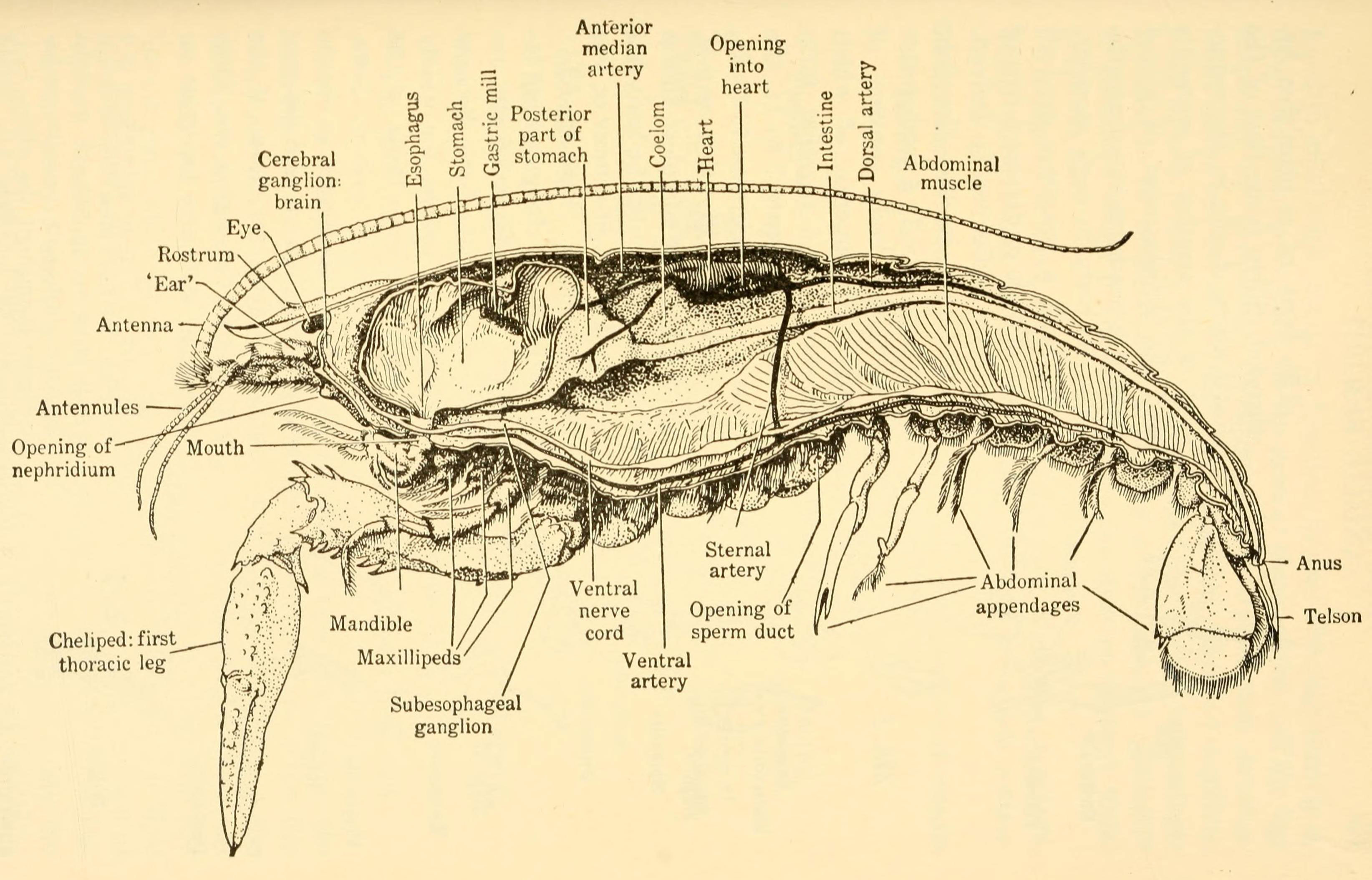
- Rostrum: This is the pointed extension at the front of the head that protects the eyes and antennae.
- Antennules: These are the shorter antennae on either side of the rostrum that the crayfish uses for sensing touch and taste.
- Antennae: These are the longer antennae on either side of the rostrum that the crayfish uses for sensing its environment and detecting prey.
- Eyes: These are the large compound eyes located on either side of the head that allow the crayfish to see.
- Chelipeds: These are the large claws on the front of the crayfish that are used for defense and capturing prey.
- Walking legs: These are the long legs that the crayfish uses for movement and foraging.
- Swimmerets: These are the small legs on the underside of the crayfish’s abdomen that are used for swimming and reproduction.
- Abdomen: This is the section of the crayfish’s body behind the cephalothorax that contains the digestive, reproductive, and excretory systems.
- Telson: This is the pointed extension at the end of the abdomen that helps the crayfish move backward and is used for defense.
- Uropods: These are the paddle-like structures on either side of the telson that help the crayfish swim and are also used for defense.
- Carapace: This is the hard, protective shell that covers the cephalothorax and part of the abdomen.
- Cephalothorax: This is the fused head and thorax of the crayfish that contains the digestive and nervous systems, as well as the heart and gills.
You may also like these posts



